Other Arthropods
The remainder of arthropod species are collected here for convenience, and include members of several classes: Arachnida (the whip spider), Chilapoda (centipedes) and Diplopoda (millipedes). Many of these creatures are nocturnal and may go unnoticed by many visitors. Other species documented on the island but not pictured here include one species of scorpion and several species of mite.
It is possible that one or more species of velvet worm exists on the island. These curious creatures share attributes with both arthropods and annelids (segmented worms) and are classified under their own phylum, Onychophora. Notoriously reclusive, if they are present it is probably in damp, forested mountain areas.
Due to space constraints, terrestrial isopods have been included here, although they are crustaceans.
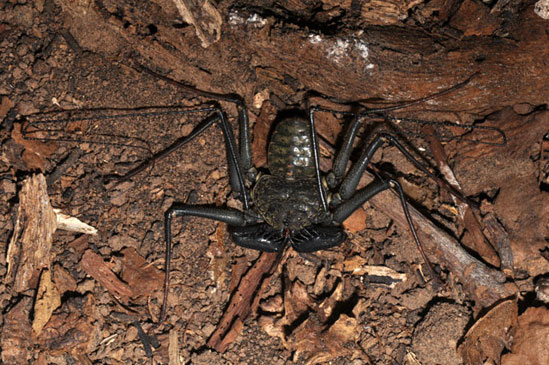
The tailless whipscorpion or whip spider (Phrynus goesii) is a nocturnal arachnid that may be found beneath stones or logs during the day. Despite their appearance, they are harmless and have no venom. They feed on insects and other small invertebrates.
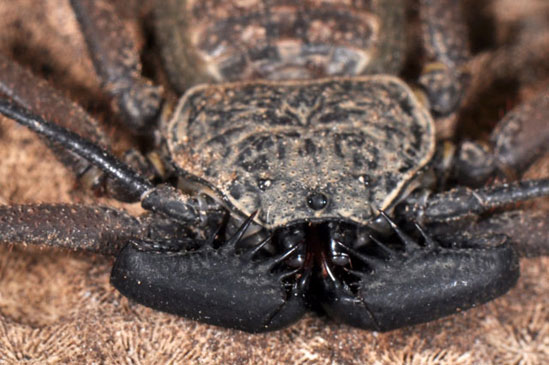
Despite their appearance, whip spiders are quite harmless, unless you are a small insect.
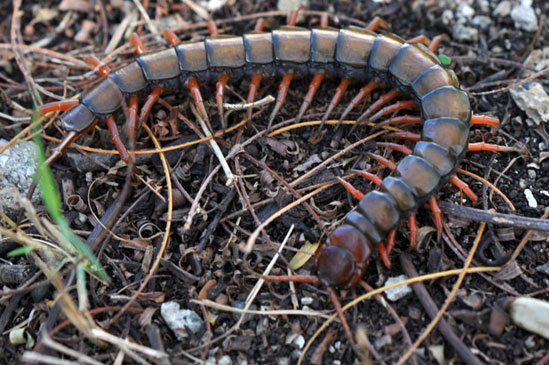
The giant centipede (Scolopendra sp.) may reach over 20 cm in length and is capable of delivering a painful bite. They are locally used in a rum flavored by their venom.
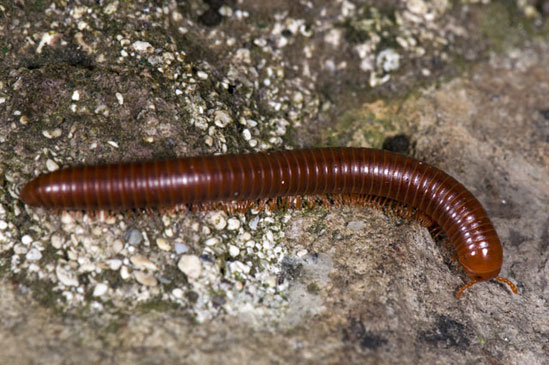
This red rhinocricid millipede is quite common on the island and may be found traveling on the ground, particularly at night. They are locally known as rain worms because they are active when it rains.
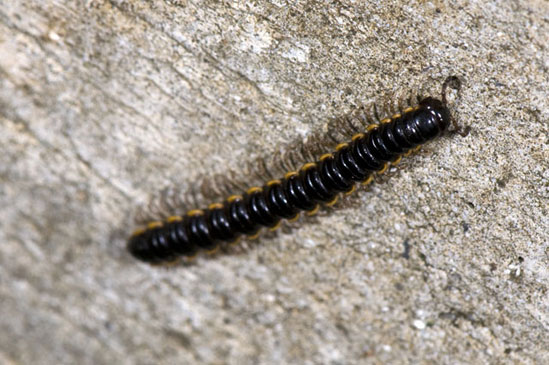
Polydesmid millipedes typically have a flattened body of about 20 segments and can produce hydrogen cyanide to discourage predators.
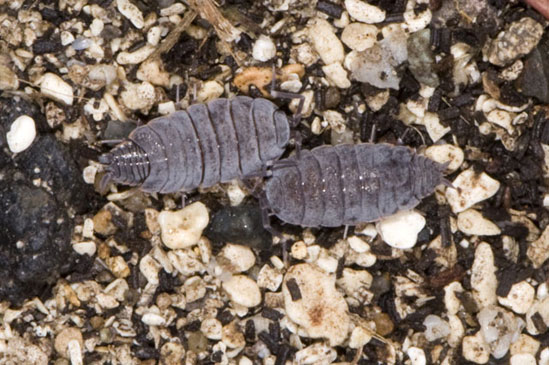
Terrestrial isopods, often called woodlice, sow bugs or pill bugs, are primitive crustaceans with many body segments. They are typically nocturnal and primarily feed on dead plant matter.
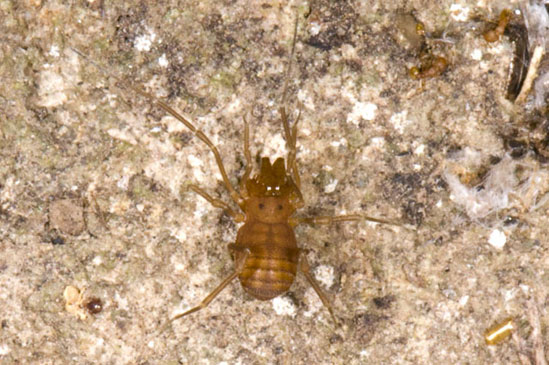
This spider-like creature is a sun spider from the arachnid order Solifugae. While some species from this family get quite large they are generally harmless and feed primarily on termites and other small invertebrates.
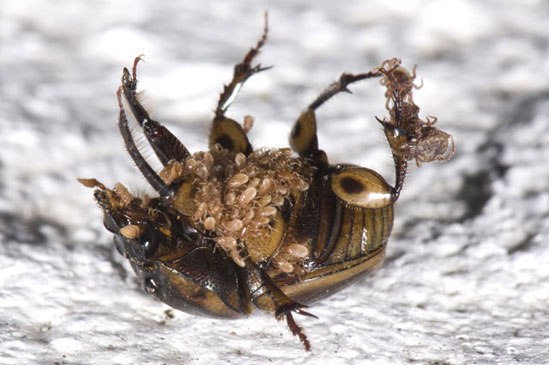
There are a number of mite (subclass Acari) species on the island, at least two of which seem to be attached to this scarab. The smaller ones resemble genus Poecilochirus, which hitch rides on beetles to carrion sources where they eat fly eggs and larvae.
